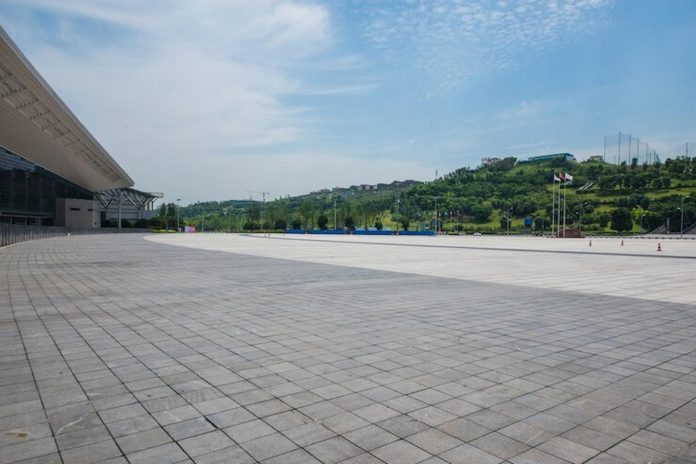Getting the Most Out of Your Driveway
Tarmac surfacing has a huge range of applications, and can be used to construct roads, driveways, car parks, and many other paved surfaces. Understanding the process of how tarmac surfacing is applied and maintained will help you get the most out of your drive for years to come. Here’s everything you need to know about the process, from a tarmac driveway Norfolk specialist.
The Preparation Stage
Before tarmac surfacing can get underway, proper preparation of the site is crucial. This stage includes a thorough inspection of the area to be surfaced. This is conducted to assess its condition and identify any potential issues such as drainage problems or existing damage.
Plants, debris, and any existing paving materials will then be removed from the site. The ground is then graded to ensure proper drainage and a level surface. A sturdy base is essential for the longevity of the tarmac. Your tarmac contractor may recommend compacting the soil, installing a sub-base layer, and addressing any soft spots or uneven areas.
Application Stage
Once the preparation stage is complete, the actual tarmac surfacing process can begin. This stage begins with a layer of aggregate material being spread evenly over the prepared base. The type and size of aggregate used can vary from job to job, and your contractor will discuss the most appropriate one for your property.
Asphalt, the binding agent in tarmac surfacing, is prepared by being heated to the appropriate temperature. The asphalt mix is then transported to your site and applied while still hot and pliable. Professional equipment is used to distribute and compact the hot asphalt mix, paying careful attention to ensure that it is smooth. The edges will then be finished to give you a beautiful end result.
Maintenance
Once the tarmac surface is in place, maintenance is essential to keep it looking its best for many years to come.
Regular inspections: You should take a look at your tarmac surface every now and again to identify any signs of damage, wear, or drainage issues.
Sweeping and cleaning: Keeping your tarmac drive clean is easy. Just give it a sweep to keep it clear of any dirt and debris, and an occasional once-over with a pressure washer for even better results.
Crack repair: Cracks in the tarmac surface should be repaired promptly to prevent water infiltration and any further deterioration.
Patching and resurfacing: Areas of the tarmac surface that have become damaged or worn over time may require patching or resurfacing to restore their integrity and smoothness.
What Next?
Tarmac surfacing installation has a number of different stages, and only an experienced team will know how to carry this off without a hitch. Once their work is done, routine maintenance will protect your investment. So why delay? Get in touch with a tarmac contractor near you to find out more.





























